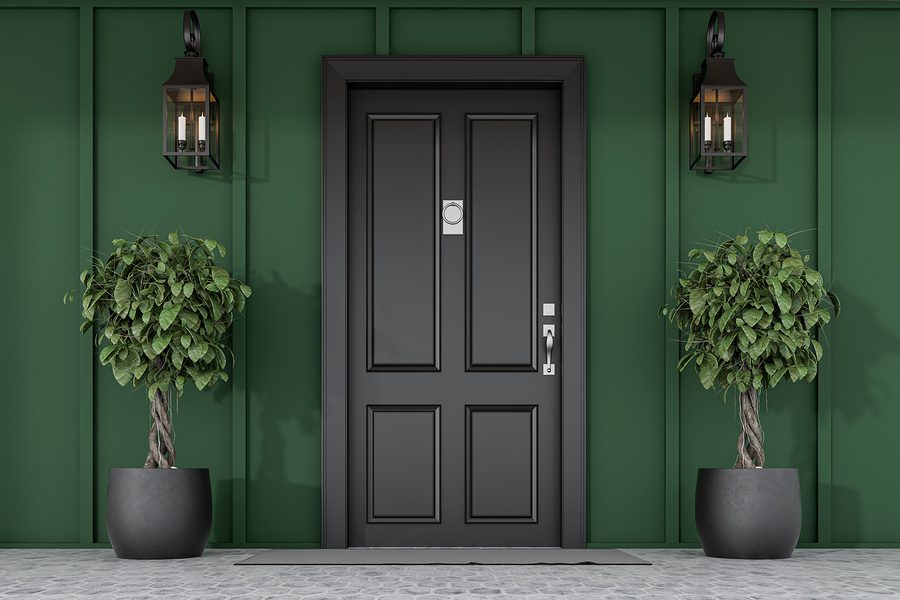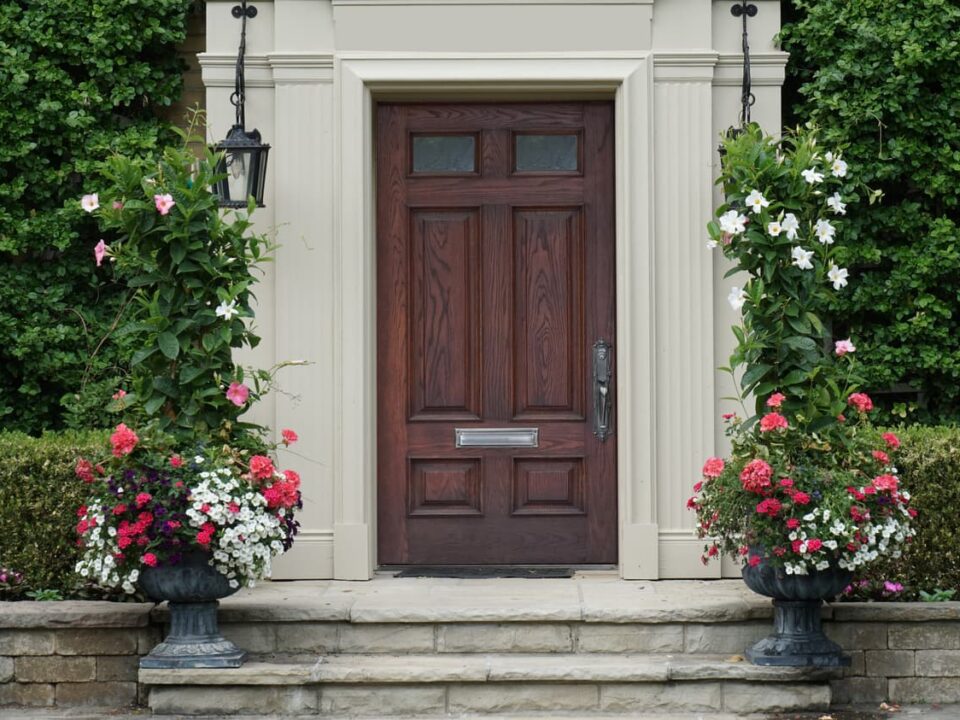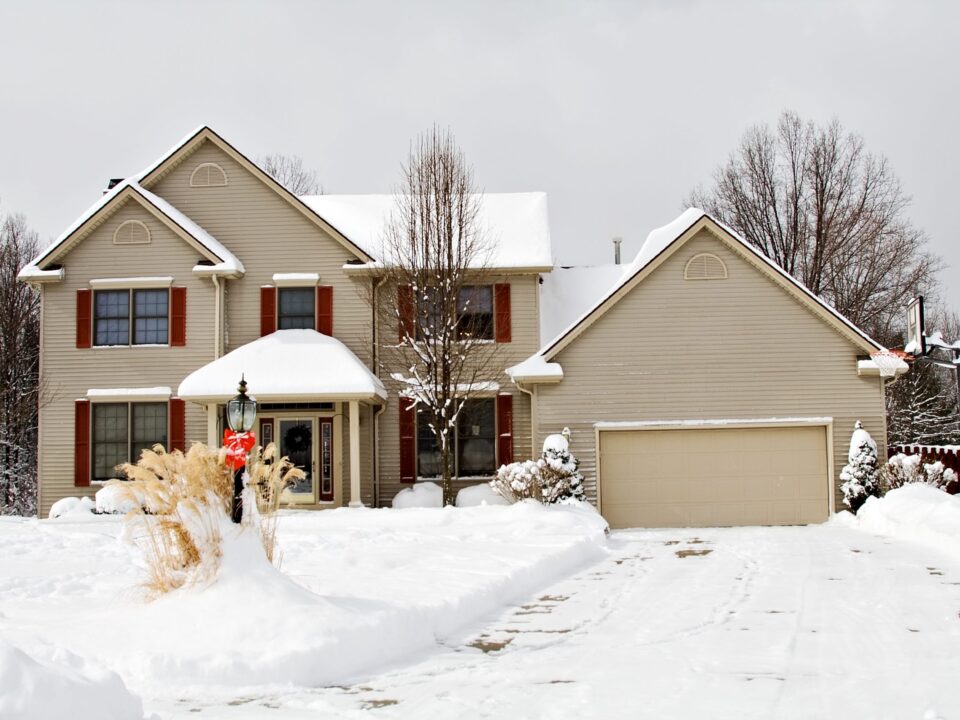
How do Interior Doors Differ From Exterior Doors?
January 29, 2020
What are the Benefits of Installing Replacement Windows?
February 3, 2020
When it comes to energy efficiency, you might not think of your entry door. While your home’s roof, siding, and windows may have a bigger impact on the overall efficiency of your home, that doesn’t mean that you shouldn’t concern yourself with your entry door. The entry door can leak a lot of energy, especially if it’s an older door that has experienced a lot of wear and tear over the years. If this is the case, you might need a replacement entry door. However, before you decide to invest in an entry door replacement, you should have a better understanding of what makes an entry door energy efficient. The following are some entry door features that help prevent energy loss:
Weatherstripping
The area where the door meets the door frame is often one of the biggest culprits to letting air in and out of the home. This is especially true if you have a wood frame and door since they will expand and contract as temperatures change. Weatherstripping is placed around all four sides of the door to help eliminate any gap that air can travel through. Weatherstripping can break down over time and may require replacing on older doors.
Caulking
Caulk is a sealant that is used to create a waterproof barrier around the door. The older your door is, the more likely the caulk around the frame has worn down and decayed over time. When caulking begins to decay, air will begin leaking into the home through the frame of the door. As a result, older doors often need their caulking replaced. Additionally, if you’re installing a replacement door, you’ll want to make sure that whoever does the installation is experienced and your new door does its job for a long time to come.
Energy Star Labeled Glass
Many entry doors contain glass. Glass can not only help to improve the curb appeal of your entryway, but it can make it easier to see who is at your front door. However, glass can be quite thin and can cause a lot of cold or hot air to make its way inside. As such, if you choose an entry door that contains glass, you should make sure the glass is energy efficient. Glass labeled by Energy Star will likely be some of the most efficient glass you can get.
Storm Door
One of the most effective ways to improve the energy efficiency of your entry door is to install a storm door. A storm door is basically another door, such as a glass door or a screen door, that’s placed right in front of the entry door. Storm doors are called such because they help prevent debris from causing damage to your entry door during bad storms. However, the added barrier also helps reduce energy loss as well.
High R-Value
The way the actual door is built has a big effect on its energy efficiency as well. Few entry doors are solid wood or solid steel, after all (they would be quite heavy if they were). However, even solid wood doors aren’t as energy efficient as entry doors that are built with a polyurethane foam core. In fact, doors with polyurethane foam cores provide upwards of four times the insulating R-value of wood.
These are some of the important features that help make an entry door energy efficient. If you need a replacement entry door or a replacement storm door to help boost the energy efficiency of your home, contact us at Armorvue today.
Subscribe to ARMORVUE Home Exteriors’s Blog
Get ARMORVUE Window & Door’s latest articles straight to your inbox. Enter your name and email address below.




